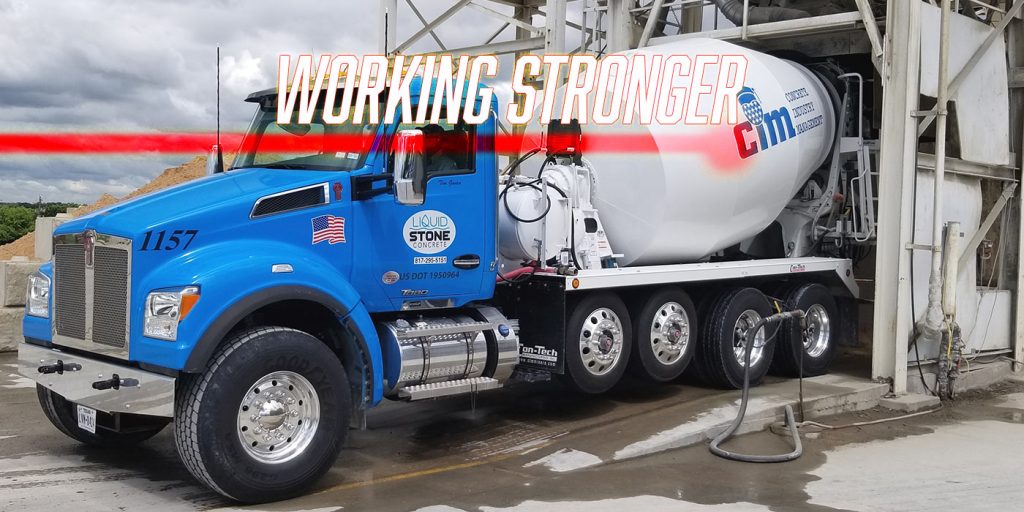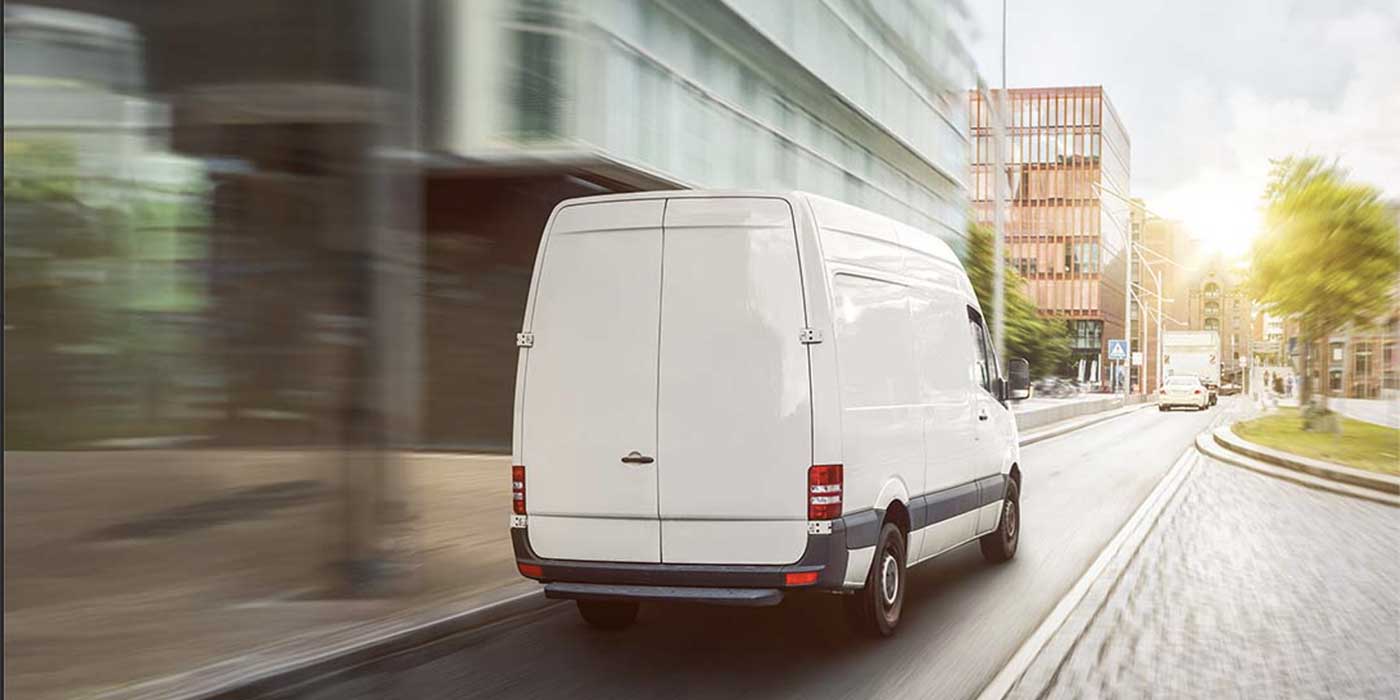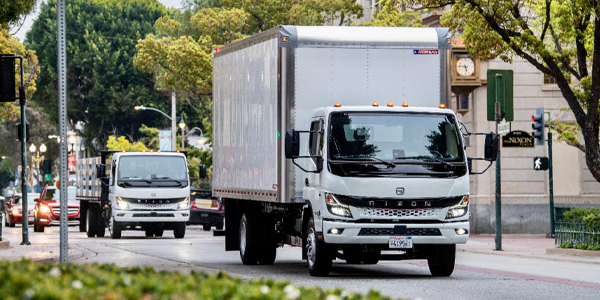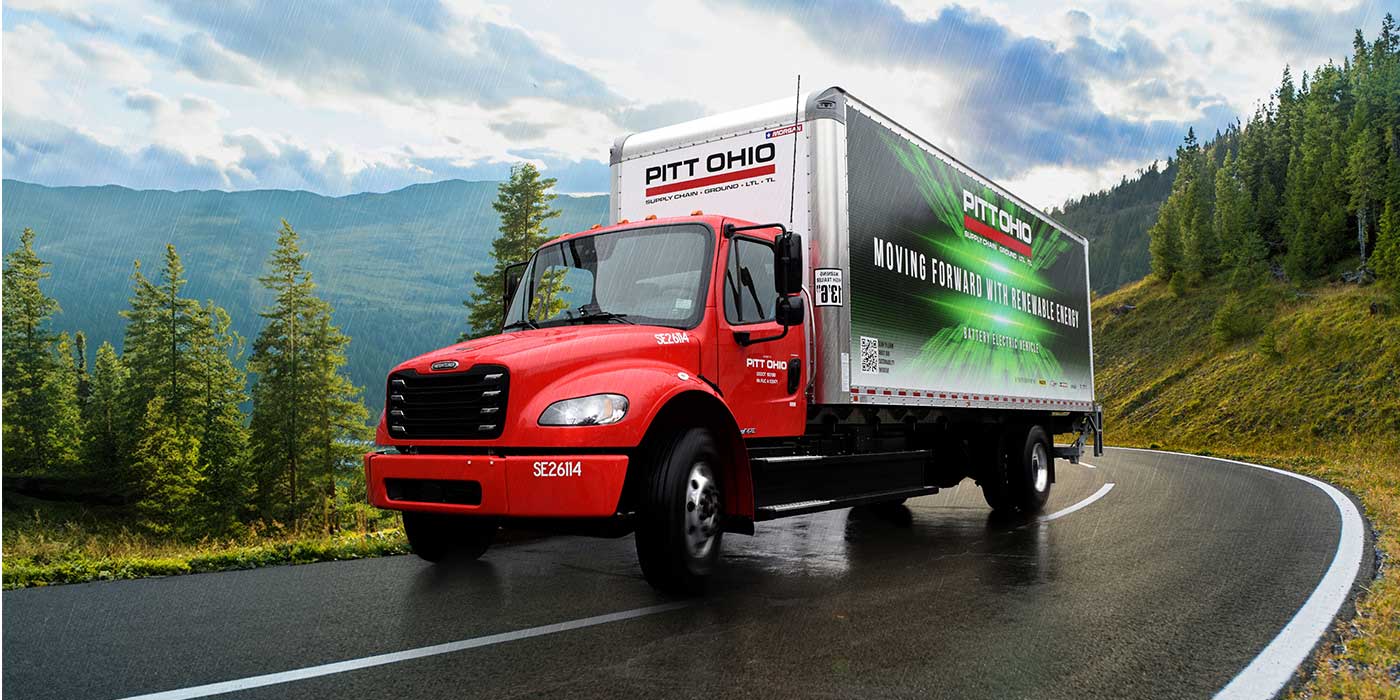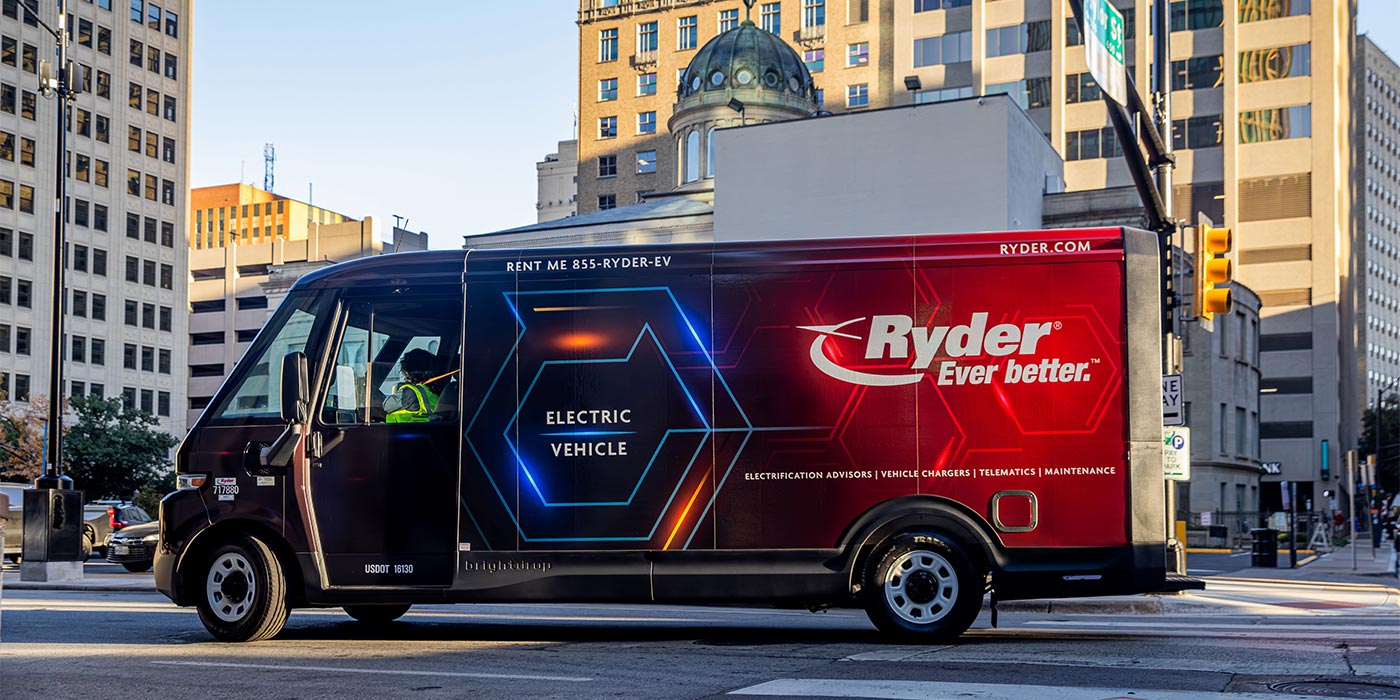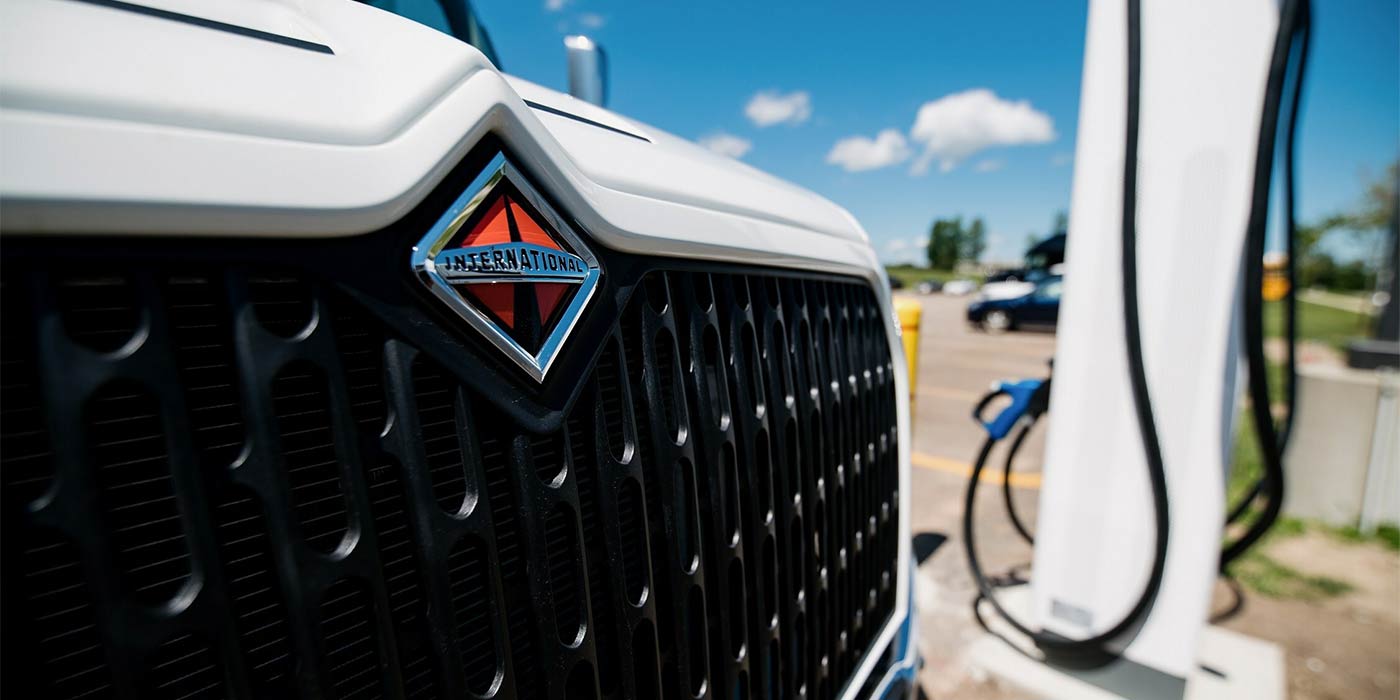Are you a heavy-haul roller or do you cube out before you weigh out? The load that’s riding on your axles shoulders will greatly determine the equipment you spec for your vocational truck application.
“Selecting the proper weight rating for steer and drive axles allows the truck to haul the right amount of payload for the job at hand,” said Kelly Gedert, director of product marketing for Freightliner and Detroit components. “You’ll want to avoid over-spec’ing axles, for example, as this could add unnecessary weight and cost to the truck.”
“If over-specified, a fleet may be spending more than necessary and hauling extra weight, potentially reducing fuel economy,” said Steve Slesinski, director of global product planning for Dana.
On the flip side, under-spec’ing an axle has its own consequences.
“If a lighter axle is significantly overloaded or abused, it may result in excessive wear and tear, leading to early repair bills,” Slesinski said.
How do you know if you’re potentially under- or over-spec’ing your axle? Talking with your axle supplier and OEM of choice is the best way. Each axle position is going to have its unique application and you want to ensure that you’re spec’ing appropriately.
Consider drive axles.
“All drive axles are specially designed to meet a specific GCWR and GAWR,” Slesinski explained, noting that if you over-spec based on your typical GCWR or GAWR then you’re hauling too much axle weight, and leaving operational efficiency on the spec’ing table.
“For example,” he continues, “for an 80,000-lb. linehaul application, you would not use a D60-190 heavy tandem that has a GAWR of 60,000 lb. and a GCWR of 225,000 lb. This is overkill as you would be hauling excessive weight in axle hardware. Understanding the application and its requirements, specifically payload, is a key consideration when spec’ing the appropriate axle for an upfit.”
Or consider a snowplow application.
“They are often loaded—filled with salt, brine tanks, etc.,” said Bruce Vasbinder, director of severe service product marketing for Navistar. “So you have a vehicle that is loaded and heavy riding one way, but when the salt is gone and the tanks are empty it will be a much different ride.
“Then you also need to look at the size of the truck and the plow’s interaction with the rest of the vehicle. Dynamically, you need to counter the torque created with plowing and the weight of the equipment on the chassis can help counter the plow forces.
“Getting the correct configuration comes down to a balance between weight, stability and ride balance.”
If you employ lift axles, there are weight considerations there as well.
“The creep rating of the rear axle needs to be capable of the fully loaded weight when the lift axle is raised on the jobsite,” advised Tony Sablar, vocational marketing manager for Peterbilt.
“Driving with excessive weight without the support of lift axles can be detrimental to the life of a truck’s suspension and axles,” Navistar’s Vasbinder echoed.

